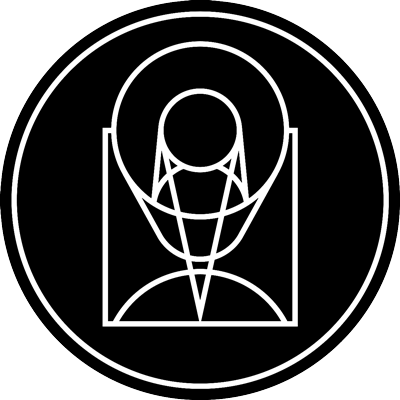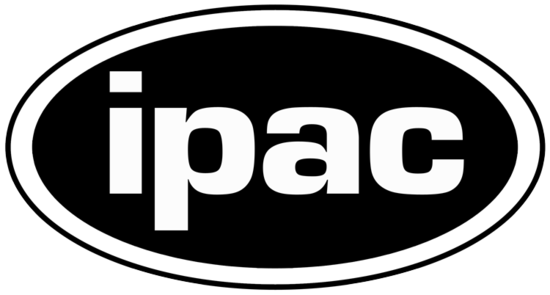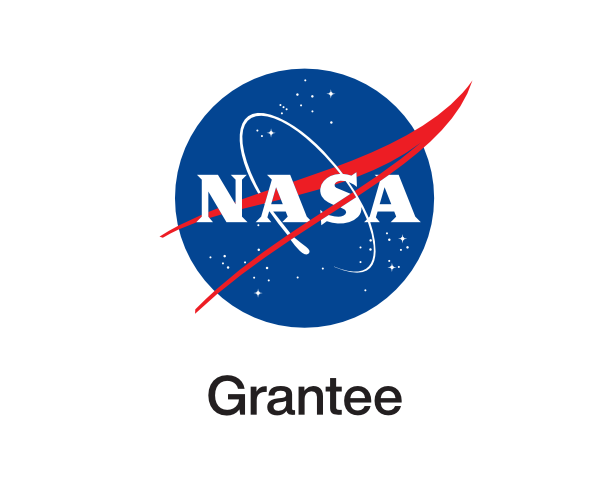Starry spectacle

esahubble_potw2522a June 2nd, 2025
Credit: ESA/Hubble & NASA, J. Lee, F. Belfiore
A galaxy ablaze with young stars is the subject of today’s NASA/ESA Hubble Space Telescope Picture of the Week. This galaxy is called NGC 685 and is situated about 64 million light-years away in the constellation Eridanus (The River). NGC 685 is classified as a barred spiral because its feathery spiral arms sprout from the ends of a bar of stars at the galaxy’s centre. The Milky Way is also a barred spiral, but our galaxy is a little less than twice the size of NGC 685. Astronomers used Hubble to study NGC 685 for two observing programmes, both of which focus on star formation. It’s no surprise that NGC 685 was chosen for these programmes: numerous patches of young blue stars highlight the galaxy’s spiral arms. Many of these star clusters are cocooned in pink gas clouds, which are called H II (pronounced ‘H-two’) regions. An H II region is a gas cloud that glows for a short time when particularly hot and massive stars are born. An especially eye-catching H II region peeks out at the bottom edge of the image. Despite the dozens of star-forming regions evident in this image, NGC 685 converts an amount of gas equivalent to less than half the mass of the Sun into stars each year. The Hubble data collected for the two observing programmes will allow astronomers to catalogue 50 000 H II regions and 100 000 star clusters in nearby galaxies. By combining Hubble’s sensitive visible and ultraviolet observations with infrared data from the NASA/ESA/CSA James Webb Space Telescope and radio data from the Atacama Large Millimeter/submillimeter Array, researchers will peer into the depths of dusty stellar nurseries and illuminate the stars forming there. [Image Description: A spiral galaxy seen directly on. It glows strongly at its centre and has a short horizontal bar. Two spiral arms extend from this bar, but they are broad and irregularly-shaped. They are filled with tiny blue dots - stars - and glowing pink clouds - star-forming nebulae. The arms break apart into many strands at the edge of the disc. Beyond this is a dark background.] Links Pan: NGC 685
Provider: Hubble Space Telescope | ESA
Image Source: https://esahubble.org/images/potw2522a/
Curator: ESA/Hubble, Baltimore, MD, United States
Image Use Policy: Creative Commons Attribution 4.0 International License

- ID
- potw2522a
- Subject Category
- Subject Name
- NGC 685
- Credits
- ESA/Hubble & NASA, J. Lee, F. Belfiore
- Release Date
- 2025-06-02T06:00:00
- Lightyears
- Redshift
- Reference Url
- https://esahubble.org/images/potw2522a/
- Type
- Observation
- Image Quality
- Distance Notes
- Facility
- Hubble Space Telescope, Hubble Space Telescope, Hubble Space Telescope, Hubble Space Telescope, Hubble Space Telescope, Hubble Space Telescope
- Instrument
- WFC3, WFC3, WFC3, WFC3, WFC3, WFC3
- Color Assignment
- Purple, Purple, Blue, Green, Red, Red
- Band
- Ultraviolet, Optical, Optical, Optical, Optical, Optical
- Bandpass
- UV, U, B, V, I, H-alpha + NII
- Central Wavelength
- 275, 336, 438, 555, 814, 657
- Start Time
- Integration Time
- Dataset ID
- None, None, None, None, None, None
- Notes
- Coordinate Frame
- ICRS
- Equinox
- J2000
- Reference Value
- 26.929260107477845, -52.76423905803798
- Reference Dimension
- 3573.0, 4170.0
- Reference Pixel
- 1786.5, 2085.0
- Scale
- -1.1000050619551067e-05, 1.1000050619551067e-05
- Rotation
- 18.400000000000063
- Coordinate System Projection:
- TAN
- Quality
- Full
- FITS Header
- Notes
- Creator (Curator)
- ESA/Hubble
- URL
- https://esahubble.org
- Name
- Telephone
- Address
- ESA Office, Space Telescope Science Institute, 3700 San Martin Dr
- City
- Baltimore
- State/Province
- MD
- Postal Code
- 21218
- Country
- United States
- Rights
- Creative Commons Attribution 4.0 International License
- Publisher
- ESA/Hubble
- Publisher ID
- esahubble
- Resource ID
- potw2522a
- Resource URL
- http://esahubble.org/media/archives/images/original/potw2522a.tif
- Related Resources
- Metadata Date
- 2025-06-03T17:15:54.282695
- Metadata Version
- 1.1
Detailed color mapping information coming soon...















